Milk has been an indispensable part of our food culture as it contains vital micronutrients and macronutrients. But, are we sure that the milk we all consume is pure and free from hazardous chemicals? Apparently, we notice a plethora of news related to milk adulteration every now and then from all over the country. This certainly raises a lurking doubt and apprehensions around the purity of milk.
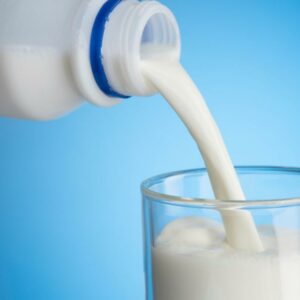
The milk business is growing in India, with around 2 lakh villages in the dairy industry. India is the largest exporter of milk but dismayingly, there is a huge gap between the production and consumption of milk. This massive gap is being manipulated and misused with the business of milk adulteration.
Milk adulteration and risks of its consumption
Milk adulteration has always been a matter of apprehension for the government and dairy industry. Despite all efforts to combat the constant state of vitriolic froth, the vicious circle goes on affecting the health of masses and authenticity of milk and its products.
The adulterants like detergents in milk, synthetic components, urea, caustic soda, formalin leads to catastrophic effects on health if taken for a long time as it can cause severe health problems like food poisoning, gastrointestinal complications, impairments, heart problems, cancer or even death.
Primarily, preservatives are added to the milk as adulterants to increase the shelf life of milk. Moreover, to increase the volume and quantity of milk water is added which further leads to contamination and proves to be a double whammy.
Some of the major adulterants in milk having serious adverse health effect are urea, formalin, detergents, ammonium sulphate, boric acid, caustic soda, benzoic acid, salicylic acid, hydrogen peroxide, sugars and melamine.
Here are few typical adulterants in milk;
- In order to increase the carbohydrate content and density of the milk, table sugar is added as an adulterant which also increases the density of milk. Consequently, water is added to the milk that will not be detected with a lactometer test.
- Starch is adulterated in milk to increase the solid content.
- Benzoic acid and Salicylic acid are added to milk to increase the shelf life of milk.
- To make the milk thick soap is added to milk which leads to severe health issues related to stomach and kidneys.
- Formalin is added to milk to preserve it for a long period of time. It is highly toxic and leaves a damaging effect on the liver and kidney.
- Ammonium Sulphate is used as an adulterant in milk as it has the tendency to increase the lactometer reading by maintaining the density of milk.
Methods for detection of milk adulteration
- The removal of fat from milk by skimming will indicate a lower percentage of fat, higher density reading, higher ratio of SNF.
- The added water in milk will indicate lower percentage of fat, lower percentage of SNF, lower density reading.
- A starch iodine test can detect the starch present in milk. Take a test tube of 3ml sample of milk. Boiled and cooled at room temperature then add a drop of 1 percent iodine solution. Notably, the appearance of blue colour indicates the presence of starch which disappears on boiling and reappears on cooling.
- Sodium chloride (common salt) is added to make up the density (lactometer reading) of watered milk. Take 2 ml of milk and add 0.1 ml of 5 percent potassium chromate and 2 ml of 0.1 N silver nitrate. Appearance of Yellow precipitate indicates the presence of sodium chloride.
- In order to detect detergent in milk, shake 5-10 ml of sample with an equal amount of water. Lather indicates the presence of detergent in milk.
- In order to test for presence of glucose /invert sugar take a diacetric strip and dip into the milk for 30 sec to 1 min. If the strip changes the colour then it confirms the presence of glucose in milk.
- In various cases, to meet the demand for cow milk artificial colours, coal tar dyes, annato are added to adulterate buffalo milk with water.
- Vegetable fat or oil is used as a prime source of fat in synthetic milk. The presence of such adulterants can be detected by mixing cow or buffalo milk in synthetic milk.
Major factors behind milk adulteration
Despite all the measures taken by the government to curb the fraudulent activities to adulterate milk in an illicit way, the adulteration of milk has been a major issue.
Several factors like dismal socio-economic status, low purchasing power of consumers, demand and supply gap, perishable nature of milk, unorganised plight of dairy industries, laxity of laws, lack of awareness regarding analytical laboratories to get the milk tested and lack of consumer vigilance worsens the menace of milk adulteration.
The laboratory method is the most appropriate way to detect adulteration in milk as tests are performed in a monitored environment with all the necessary apparatus and safety measures.
If you’re searching for a milk adulteration testing lab near you, we are your trusted partner and one of the best milk testing labs/laboratories in Delhi/Bangalore with a pan India footprint. We are prominently an EIC approved /NABL accredited milk testing lab with nearly two decades of experience in the pharma sector.
Our labs are well-equipped for all the dairy products testing. Besides, we are a state of the art laboratory which serves various methods of milk testing like chemical analysis, tracing of harmful elements, pesticide elements, vitamins testing and microbiology analysis. Contact us for more information with testing of milk and dairy products






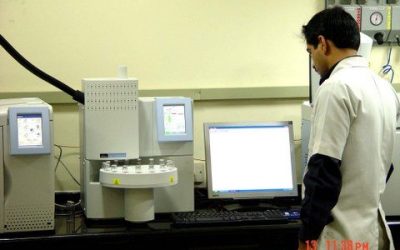

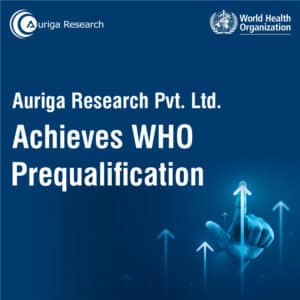


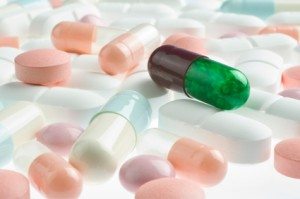
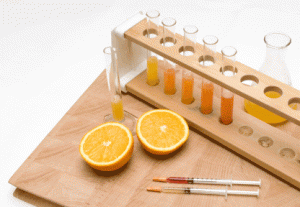

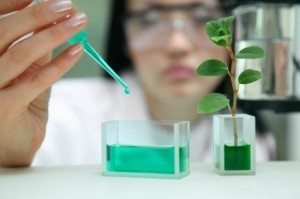


4 Responses
NICE
NICE
OK
FINE